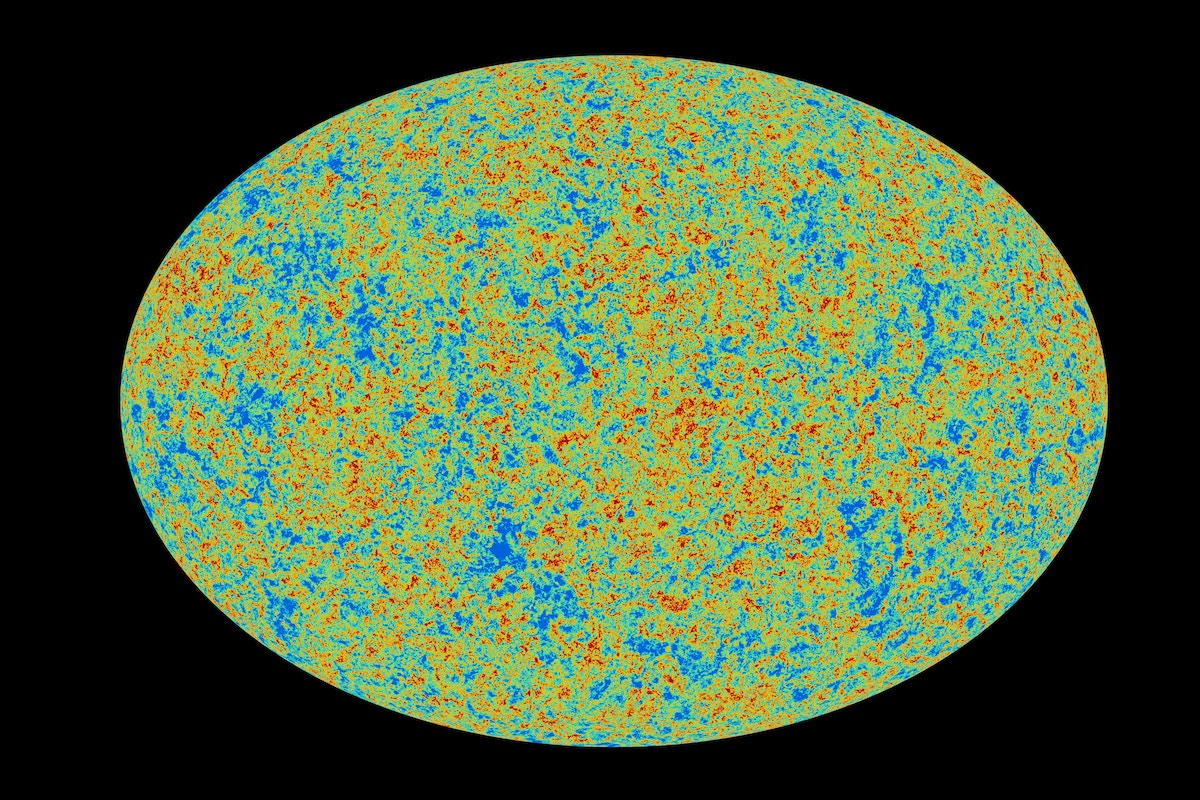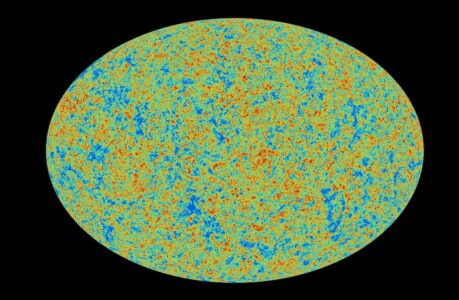Are you curious about the universe’s expansion? Do you want to know more about the Hubble Constant? This scientific concept has revolutionized astronomy, and it continues to offer valuable insights into the mysteries of the cosmos. In this article, we’ll explore the Hubble Constant in-depth and help you understand its significance.
The Hubble Constant is a scientific concept that describes the rate at which the universe is expanding. It is named after Edwin Hubble, an American astronomer who first discovered the universe’s expansion in 1929. Hubble used a powerful telescope to observe galaxies and found that they were moving away from each other. This discovery challenged the prevailing scientific belief that the universe was static and forever unchanging.
Since then, scientists have continued to study the universe’s expansion, and the Hubble Constant has played a crucial role in their research. The constant is measured in kilometers per second per megaparsec (km/s/Mpc), and it represents the rate at which the distance between two objects in the universe is increasing over time. The value of the Hubble Constant is still a topic of active research, and different methods have produced slightly different results.
One of the most significant implications of the Hubble Constant is that it suggests the universe is not infinite. Instead, it has a finite size and is expanding outward from a central point. This concept is difficult to imagine, but it has profound implications for our understanding of the cosmos. It suggests that the universe had a definite beginning, and it raises questions about what happened before that moment.
In recent years, the study of the Hubble Constant has become even more critical as scientists seek to understand the universe’s fate. If the expansion rate is high enough, it could lead to a “Big Rip,” in which the universe expands so rapidly that galaxies, stars, and even atoms are torn apart. Alternatively, if the expansion rate slows down over time, the universe could eventually collapse in on itself in a “Big Crunch.“
To measure the Hubble Constant, scientists use a variety of techniques, including observing distant supernovae, analyzing cosmic microwave background radiation, and studying the motion of galaxies. Each method has its strengths and weaknesses, and they all contribute to our understanding of the universe’s expansion.
Overall, the study of the Hubble Constant is a fascinating and essential field of research. It has revolutionized our understanding of the universe, and it continues to provide valuable insights into the mysteries of the cosmos. As we continue to explore the universe, the Hubble Constant will undoubtedly play an essential role in our discoveries, helping us unlock the secrets of the cosmos and understand our place in the vastness of space.
Practical implications of the Hubble constant for Astronomers
The Hubble Constant has several practical implications for astronomers. For starters, it is a crucial tool for measuring the distance to remote objects in the universe. By studying the redshift of galaxies, scientists can determine how quickly they are moving away from us and use that information to calculate their distance. This process is known as the Hubble Law, and it relies on the Hubble Constant to make accurate measurements.
Another practical implication of the Hubble Constant is that it helps astronomers understand the age of the universe. By knowing the rate at which the universe is expanding, scientists can estimate how long ago the Big Bang occurred. The Hubble Constant is a critical component of these calculations and has led to our current estimate that the universe is around 13.8 billion years old.
The Hubble Constant also plays a vital role in understanding the structure and evolution of the universe. By studying the distribution of galaxies, scientists can determine how matter is distributed throughout the cosmos. This information is critical for understanding the formation of galaxies and the large-scale structure of the universe.
Perhaps most importantly, the study of the Hubble Constant has significant implications for our understanding of dark energy. Dark energy is a mysterious force that appears to be accelerating the expansion of the universe. By measuring the Hubble Constant, scientists can better understand the nature of dark energy and how it affects the evolution of the universe.
In conclusion, the Hubble Constant has numerous practical implications for astronomers. It is a critical tool for measuring the distance to remote objects in the universe, determining the age of the universe, and understanding the structure and evolution of the cosmos. As we continue to explore the universe, the Hubble Constant will undoubtedly play a vital role in our understanding of the cosmos and the nature of dark energy.

